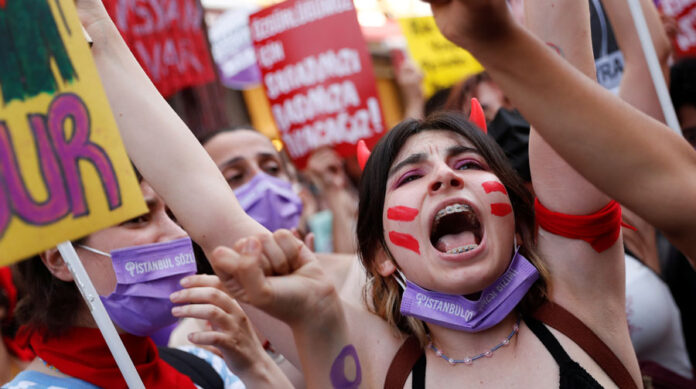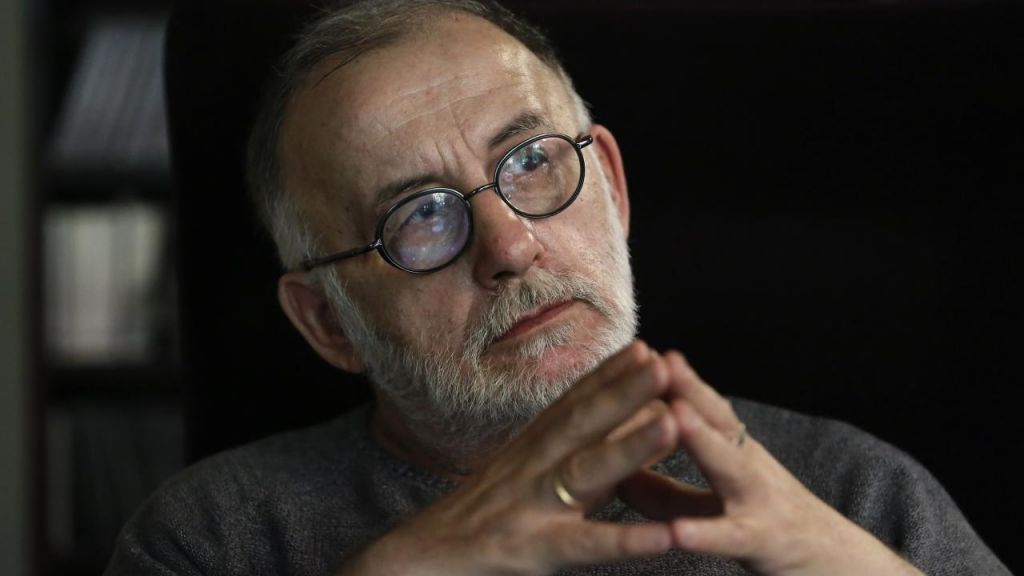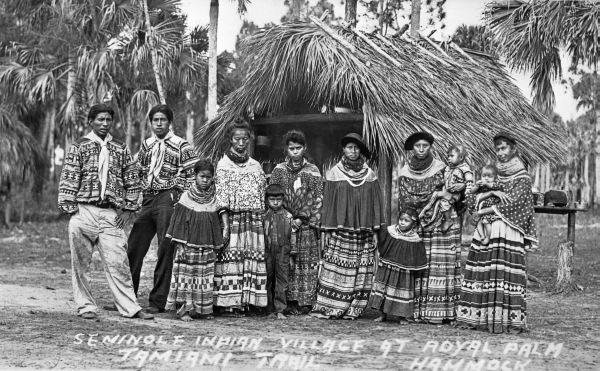Between February 11 and 15 the first international Conference of Internationalist Standpoint took place. Four documents were discussed and amended in the course of the pre-conference period and the conference itself.
The first document, on “World Perspectives” was drafted between the beginning of November and the middle of December 2022. Although the facts and figures provided are a bit outdated, no attempt has been made to update it so as not to alter the character of the initial document. Afterall, the main emphasis of the document is on the processes under development.
After the World Perspectives document, a number of Resolutions agreed by the Conference will also be published. They deal with a) the lessons from the splits of the CWI and ISA, b) environment and c) socialist feminism.
The first document, World Perspectives, will be published in parts. The following sections will be posted in the coming days:
1. An epoch of crisis and immense instability
2. The War
3. Geopolitics
4. Tasks
Internationalist Standpoint Conference – February 2023
World perspectives
Part 4
Tasks
- The multiple crisis faced by humanity is a manifestation of the fact that the working class has not been able to fulfil its historic role of overthrowing capitalism and building a socialist society based on workers’ democracy. The central responsibility for this lies with the leadership of the working class. The need to build mass revolutionary parties remains the absolutely necessary precondition for human civilization to avoid the perspective of barbarism that capitalism is leading it to. For Internationalist Standpoint this central, strategic task, is the raison d être. Internationalist Standpoint is present in 12 countries and discussing with revolutionary organisations in 7 more, with a prospect of either uniting forces or, if that is not possible, to work in close collaboration. There are three levels on which Internationalist Standpoint is working in its efforts to achieve this task: a) Building our forces b) Intervening inside or assisting in the building of other left parties or formations c) Drawing lessons from the recent splits of the CWI and ISA, and also from the experience of other Trotskyist groups about the way to build a mass revolutionary International in the future.
- Up until now Internationalist Standpoint has been functioning on a consensus basis, not on the basis of majority and minority votes taking place. The coordinating bodies (“Working Group” and “International Coordination”) function on the basis of comrades’ availability and their will to make the necessary sacrifices to advance the work. They have not been elected by an international conference/congress as should be the case. This approach was necessary in the initial stage of Internationalist Standpoint’s development, in order for the comrades to meet each other better and see to what extent they could function in a coherent way, after the two disastrous splits of the CWI and the ISA. The balance sheet of the WG and the Coord is more than positive. The WG has held weekly meetings and the Coord, more or less, monthly ones and have shown a very high degree of coherence. On this basis we decide to move in the direction of setting up a formal organizational structure and beginning to work on the statutes of the new international organisation. If some of the organisations that we are in discussions with decide to join forces with us we are more than willing to discuss a new name for the common initiative.
- Building our forces is decisive. An international organisation is made up of national sections, and in many of the countries where we are present it fundamentally falls on our shoulders to build the core of a revolutionary organisation at this stage and a mass revolutionary party later. In other countries we can work together with other Trotskyist groups if they too are willing to – this includes our ex-comrades from the CWI and the ISA. The forces we represent today, compared to what we represented when we were in the CWI, are certainly much smaller, and this inevitably has an effect both on the potential and on the morale. However, despite this weakness we see that we have been able to make significant steps forward in just over one year of existence. We have expanded, with new groups coming from outside our tradition, and been able to make important steps forward even in countries where our forces are very small or new.
- We are very flexible with tactics and always have a clear orientation to the masses, even though the general level of consciousness at this historical conjuncture is lower than in previous periods. Consciousness of course is not something that falls from the sky. It is determined by objective circumstances and subjective factors – the most crucial of the latter is the role of the leadership of the working class. There are no mass working class parties anywhere on the planet that raise the need to overturn capitalism raising the socialist perspective. There are no mass reformist parties of any kind on a global scale which resemble what existed historically from the end of the 19th century until the collapse of Stalinism. It is correct to call the traditional social democratic parties, “ex-reformist parties”. Today they not only do not raise socialism but not even nationalisations. There are some proto-socialist currents under development in some countries like the US and Britain –these are lagging far behind the vision of socialism which inspired and mobilised millions up until the 1980s, but of course they are very important.
- Traditionally, in the past, revolutionaries would put demands and tasks on the mass reformist parties. This is much less the case today. The demand that has to be raised today in many countries, is for the need to build new mass political organisations of the working class. Once this is raised, revolutionaries should show that they can respond to this task and assist it, without for one moment, of course, sacrificing their own independent existence politically and organisationally.
- This was described as the “dual task” by the CWI and it was a correct concept, combining the building of new working-class organisations with the building of the revolutionary party.
- The way this tactic is applied differs from country to country depending on the objective conditions on the character of the “New Left” under formation, on the size and impact of our forces etc. In some conditions our forces should engage fully in the work of building a new left party, not only on a short term but also on a medium or even long-term basis. The relevant material written by Trotsky in the 1930s, must be revisited by our comrades. Given that most of our sections represent small forces this kind of tactic is very appropriate in present day conditions.
- In other cases, if we have a strong independent position in society and the movements, our tactics could combine work inside a new left party with independent campaigns in the name of the organisation. The experience of Xekinima in the second part of its relation to SYRIZA, between 2011 and 2015, when about 1/3 of its members worked inside SYRIZA and through SYRIZA, is a useful example. The main point to make here is that there are no blueprints about how to apply the tactic, the specific circumstances have to be carefully taken into account.
- Another aspect of our tactical approaches is the need to build “broad formations”, of a campaigning and fighting character, around us. Most of us are aware of such initiatives taken by the CWI when we were still part of it, in the 1990s and after: the YRE in the 1990s; International (Socialist) Resistance in the early 2000s; “Green Attack” and “Fighting Education” in Greece in the late 2000s; “Youth Against Nationalism” in Cyprus in the 2000s; Youth Against Sectarianism in North Ireland; ROSA in Ireland, Belgium and other countries in the 2010s, “Workers and Youths Solidarity Network” (WYSN) recently in Nigeria after our comrades came out of the ISA, etc.
- The approach to take in relation to such broader formations around us must also be flexible. In some conditions they will only be a campaign launched by our organisations. In other conditions they will have organised structures in which people who do not belong to our parties/organisations will also take part. And in still other conditions, they could be set up together with other organisations with which we have good working relations. Such is the “Antifascist Coordination” set up in Athens in which we play a central role and which was decisive in the struggle against Golden Dawn. Another example is “Kasma Birak/Μας Σκάβουν το Λάκκο/ Don’t Dig it” which brings together some tens of radical environmental organisations in Turkiye, Greece and Cyprus
- This kind of work has elements of the method of “united front” (UF) but it is not the United Front per se as was understood by the Bolsheviks and the Com. International before its Stalinification. The UF in its classic form was related to the mass parties of the working class, Communist and Social-democratic in the interwar period and after. In the present conditions it relates to the tactics followed by small revolutionary organisations in their attempt to acquire bigger audiences. It is therefore correct to use different terms to describe these tactics, as raised above. Wherever there are sizeable parties of the working class, we call for a united front between them, of course, but our intervening inside a new left party is not a classic united front tactic. When we follow such a tactic, of working inside a left party, we need to be aware of the dangers that are present, both sectarian and opportunist in character.
- Some basic rules of this work are the following: we are careful and sensitive in the way we criticise the deficiencies of the party in which we work; we have to be among the best activists in building the party; criticism of the leadership must be of a positive character, related to what is the best way forward for the working class and the youth; we make clear that the only way the party can fulfil the role of serving the working class interests consistently is through a socialist programme; we establish the best democratic traditions in the sections of the party which are under our influence by discussing all issues on the branch level and making proposals through the branch to the leading bodies; we explain that the best way to build successfully a new left party in the present epoch is by inviting organisations to join it without abandoning their independent existence politically and organisationally; if this is not accepted by the party statutes or traditions, we establish our right to exist as a tendency around a journal, a website and a social media page; we should have no illusion that even the best of the “radical left” will slide into some kind of reformism sooner or later; this process will go hand in hand with the bureaucratization of the party apparatus; when a bureaucracy comes into being, it will be impossible to take the party away from their grip, unless conditions are exceptional, i.e., under a revolutionary situation; we have to be aware that once differences develop between a reformist and a revolutionary wing, which is inevitable, the reformist wing will go for a split if it feels threatened by the revolutionary current; revolutionaries have to be always aware of the need to be well prepared for this development, having built the best traditions inside the party and the best relations with the rank and file in the preceding period.
- One of the most important lessons that came out of the experiences of the splits of the CWI and the ISA is that the future mass revolutionary International will not be built by the methods used by the CWI, ISA, IMT (which came out of the CWI in the 1990s) and other international groupings, who think that they and only they have the right ideas and the right methods and only they can build the mass revolutionary party which will change the face of the earth. This messianic approach leads to splits whenever differences come up or whenever the leadership is questioned, it has been tested and failed.
- The future mass international can only take the character of an amalgamation of different revolutionary forces that come together with their political differences and different traditions which have to be respected. No leadership can demand “infallibility” or the role of the successors to Lenin and Trotsky. A future mass international must be able to air the internal differences in the open, without this causing splits. Splits are justified when there is a breach of principles. The prototype of what we are describing is given by the Bolshevik party itself and the Com. International in its initial stages – differences were discussed openly in the party, the international, the national sections and the working class.
- Internationalist Standpoint’s strategic aim is the building of a mass revolutionary international, but it does not consider itself to be the mass international. It aims to contribute in this direction and to join forces with other international groupings who understand this necessity and have escaped from the “illness” of messianism.
- What is important is that once Internationalist Standpoint came out in the open, after the splits in the CWI and the ISA we came into contact with groups and currents in other countries which have come to similar conclusions through their own independent experiences. It is very positive to see that different organisations or currents, across all continents begin to understand that the traditions which they initially came from, i.e., that they possess the “absolute truth” etc., is completely wrong and that if they want to see a mass revolutionary international come into being, they have to learn how to work with people they don’t agree with. With confidence in our ideas, Internationalist Stanpoint will continue the fight for all the above.













